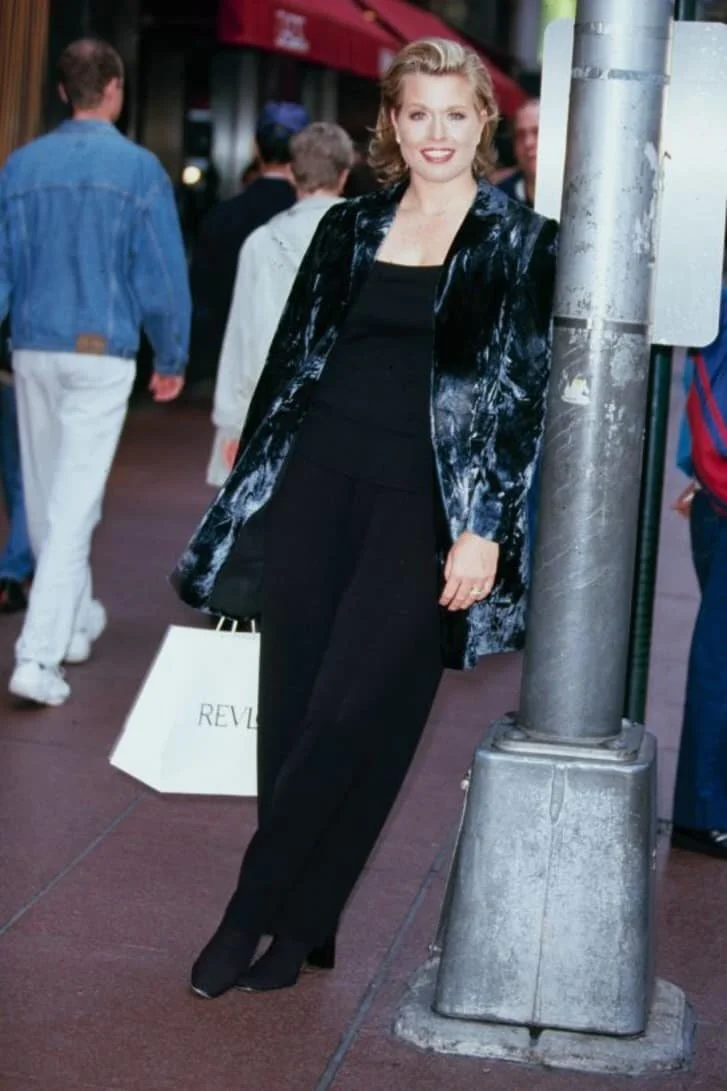Pushing Boundaries in the World of High Fashion
We can’t discuss the fashion industry without acknowledging the historically discriminatory practices that plague high fashion.
While in 2020, luxury and high end runway shows and campaigns are more diverse than ever before, there is still a significant lack of diversity within the fashion industry, both racially and in terms of size, age, and ability. In addition to the prevalence of social media utilization by brands to promote campaigns and collections to the trend of consumers becoming more vocal about social and ethical issues, designers, directors and other creatives within the industry are being pushed to incorporate more comprehensive representation. Here are just a couple inclusive moments over time or individuals that we wanted to highlight within the high fashion industry.
Beverly Ann Johnson
Johnson was the first Black woman to grace the cover of Vogue Magazine, in August of 1974. While I find it disappointing that it took over 80 years for Vogue to showcase a woman of color on their cover, it is worthy to note that her cover was very appropriately executed and well done.
Spring 2019 Shows
While runway diversity has only been tracked in a more comprehensive manner (including racial, size, gender identification and age diversity) since 2015, this season stood out. There was a 6% increase in diversity from the prior year, totaling just over 36%. Pictured below is from Louis Vuitton’s Spring 2019 Ready-to-Wear show in Paris.
Virgil Abloh
This Chicago-born designer has numerous accomplishments under his belt, including his own very successful brand, Off-White. In 2018, he was named the Artistic Director of the Louis Vuitton menswear collection.
Emme (Melissa Owens Miller)
While you likely have heard of Ashley Graham, Emme is a lesser known name that paved the way for plus size models. Miller is regarded as the first mainstream plus size model, and was contracted by Revlon in the late 1990s.
While this industry still has a long way to go, it is important to note that many individuals have accomplished a lot in the way of diversity. While the representation is not nearly where it needs to be, the hard work and accomplishments of those who contributed to diversity within the fashion industry deserve to be recognized.




